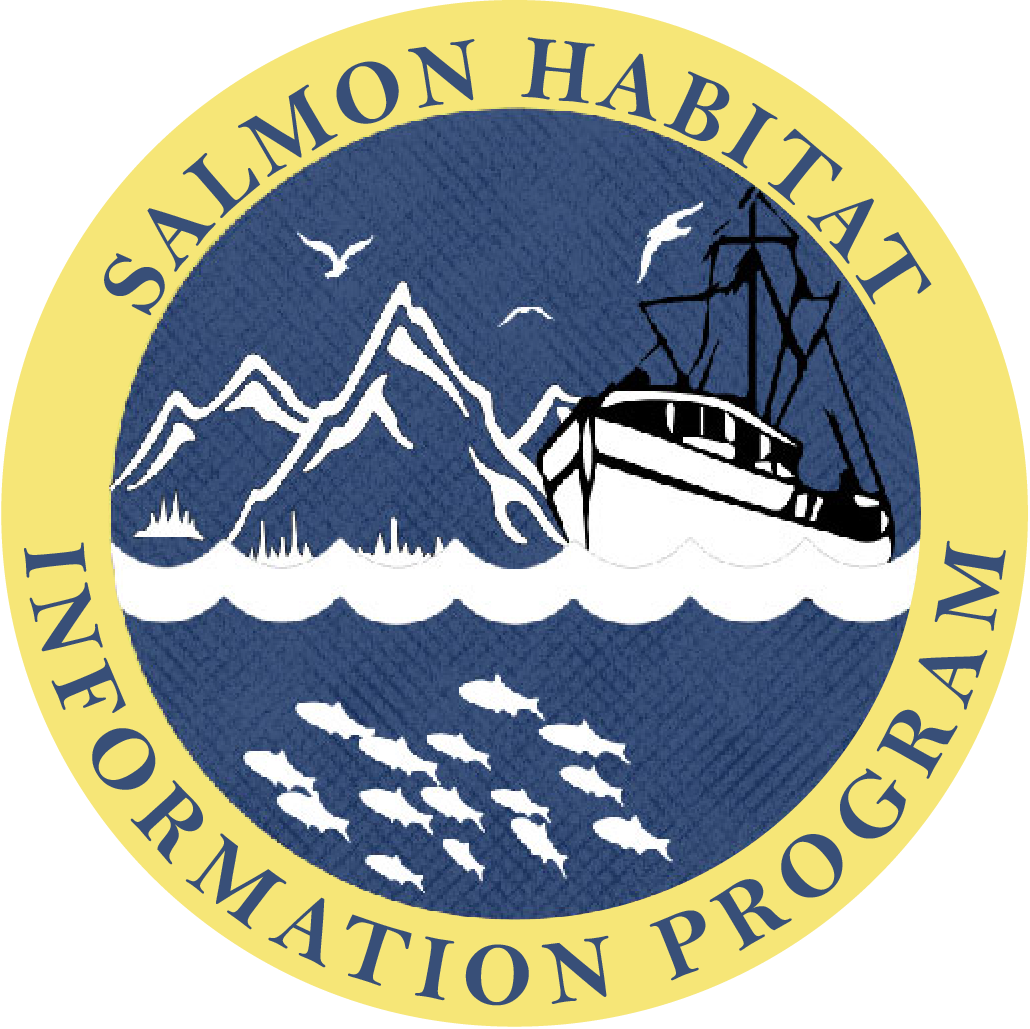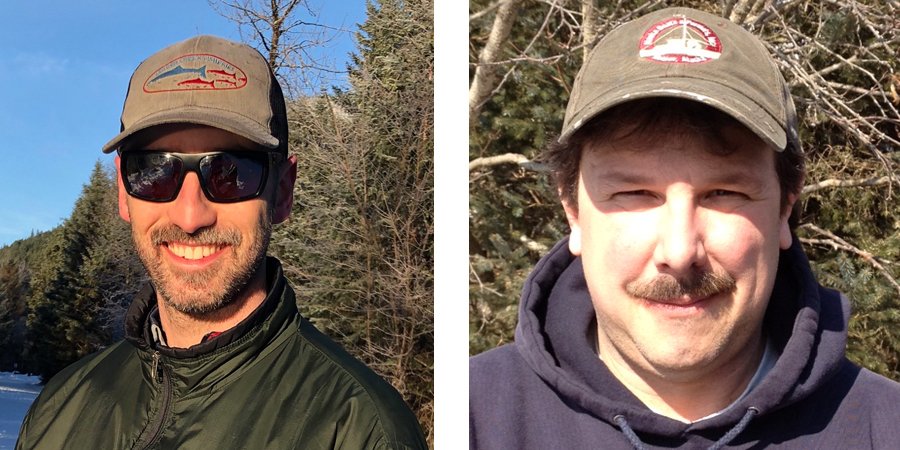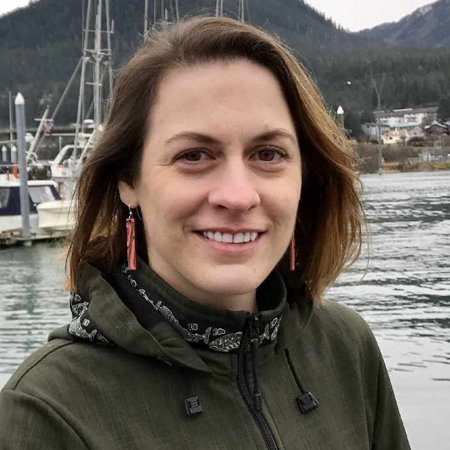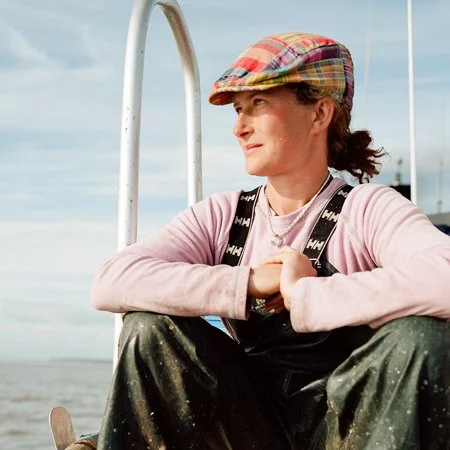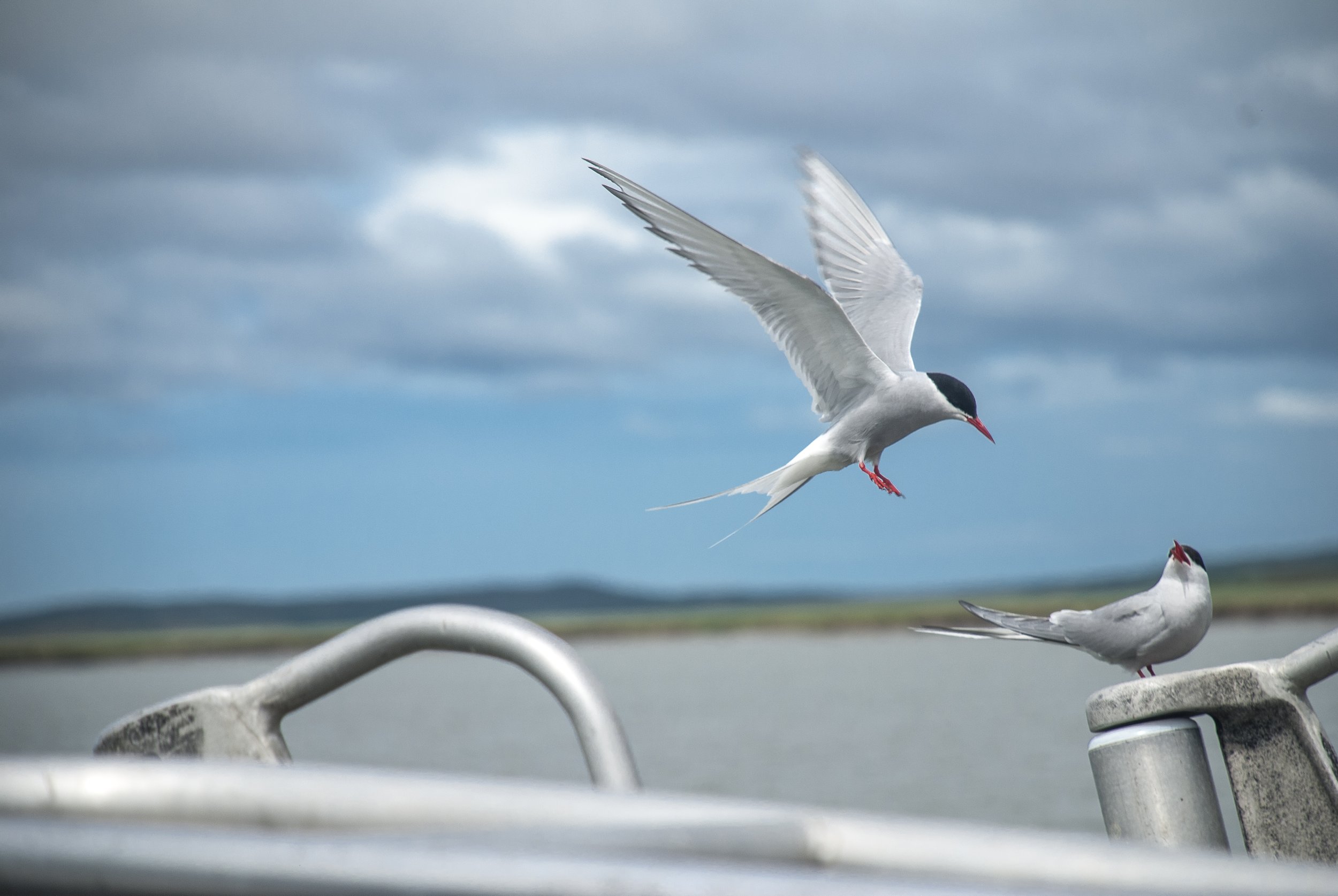
Climate Change and Ocean Acidification
As the climate and ocean change, as human development introduces new threats to the ocean’s health, as markets and the political landscapes fluctuate, fishermen must speak up for their way of life and to keep their livelihood strong for the future.
“History has shown the effects of short-sightedness all over the world when it comes to a future for commercial fishermen and ocean health,” Privat says. “There has been an overall decline of fish stocks and healthy habitat due to human development, unregulated fishing, and policy that doesn’t take long-term sustainability into account.”
The SHIP program has been happy to partner with the Alaska Ocean Acidification Network to bring new scientific data to fishermen and decision makers through various presentations and publications. This is important because ocean acidification is a top concern for Alaska’s fishermen and a threat that shows no sign of slowing down as global CO2 pollution continues. Adaptation will require all of the resilience and out of the box solutions we can muster.
Ocean acidification and other climate impacts must be responded to with foresight and ingenuity on the part of Alaska’s commercial fishing industry. We want to ensure that fishermen are at the helm as important policy and allocative decisions come down the pike as a result of changing ocean conditions.
Habitat
“Why is Alaska one of the world’s last places where abundant runs of wild salmon still flourish? A big part of the answer is that what the fish need to survive – their habitat- remains largely intact.”
It is no coincidence that Alaska has both unspoiled habitat and the healthiest salmon runs in the world. With over 365,000 miles of unaltered rivers and streams, more than 3 million lakes and more coastline than all of the other States combined Alaska is truly the SalmonState. Unfortunately, the laws to protect salmon waters are woefully inadequate and do not reflect the values of fishermen.
Alaskan Fishermen are proud that sustainable fisheries were written into the state constitution in 1959 stating “Fish, forests, wildlife, grasslands, and all other replenishable resources belonging to the State shall be utilized, developed, and maintained on the sustained yield principle…” but the habitat those fisheries rely on are not. We regularly hear the claim that “Alaska has the most stringent environmental protection standards in the world””- Jason Brune, Commisioner of AK DEC
This is simply not true.
There are countries around the world and even states in America with stronger freshwater and saltwater habitat protections coinciding with thriving industries. An overwhelming majority of Alaskan salmon fishermen have expressed repeatedly that they want clear protection of wild salmon habitat in the ocean, rivers, streams and lakes.
SHIP is working to explore ways to.
Bristol Bay
Bristol Bay is home to the largest sockeye salmon run in the world, with more than 40 percent of the world’s wild sockeye coming from the bay. It’s also home to all five species of Alaskan salmon and 24 other species of fish, not to mention almost 200 kinds of birds, bears, and dozens of other mammals.
The lives of all who live in Bristol Bay, people included, revolve around wild salmon, just as they have for thousands of years. So does the economy of one of Alaska’s largest and most productive fisheries. The reason for that is the bay’s habitat, which is undeveloped and wild.
And yet that’s right where Pebble Mine proposes to build a massive open pit mine, and where it plans to store its toxic waste forever. The people of Bristol Bay and Alaska have made it clear for years that Pebble is the wrong mine in the wrong place. It’s time for the mine’s proponents to listen to Alaskans: pack up and go home.
“Bristol Bay is bigger than political ideologies. Protecting communities, jobs and sustainable economies is not Republican or Democrat: it’s Alaskan. Especially now, we all need to come together to prioritize our Alaskan way of life, and we depend on our senior senator to help lead the way. ”
Transboundary Rivers
Southeast Alaska and British Columbia’s transboundary Taku, Stikine, and Unuk rivers are special places. These watersheds’ 30,000 square miles not only produce 80 percent of the king salmon in Southeast Alaska, but are home to caribou, bears, and the largest salmon runs in the region.
The Taku, Stikine and Unuk, which spill out into the Inside Passage, are also key to Southeast Alaska’s fishing and visitor economies, and have been central to indigenous cultures and ways of life since time immemorial.
But British Columbia, backed by the Canadian government, has pushed through poorly regulated, underfunded, industrial-scale, open-pit mines at the headwaters of these watersheds. Alaskans have had no meaningful input despite the fact that these are shared rivers and the mines threaten salmon and the lifestyles that depend on them. Where transboundary mining is concerned, Alaskans have everything to lose and nothing to gain.
“Right now B.C.’s massive open-pit mines and waste dumps put some of Alaska and B.C.’s most important salmon rivers, and the fishing jobs that rely on them, at risk. Alaska fishermen and the thousands of people across the world who enjoy wild salmon expect and deserve better from B.C regulators.”
ALASKA SENATORS GAIN SUPPORT ON TRANSBOUNDARY MINING ISSUES – ALASKA JOURNAL OF COMMERCE
Tongass
America’s Tongass National Forest is the largest intact temperate rainforest in the world. It’s also America’s biggest national forest, home to brown and black bears, mountain goats, wolves, Sitka blacktail deer, and all five species of wild Alaska salmon.
Through its wildness, it supports thriving fishing and tourism industries that make up more than a quarter of the region’s employment. More than a million people come to America’s rainforest, the Inside Passage, each year. The intact Tongass is also a hunting and fishing paradise that has sustained the indigenous peoples of the region since time immemorial, and it serves as a climate change life raft for the Earth, storing vast amounts of carbon in its towering spruce, hemlock and cedar trees.
Against the wishes of the majority of Alaskans and Tongass residents, however, old-growth clearcut lobbyists have convinced state politicians and the Trump administration to champion a rollback of the Roadless Rule: a 2001 rule that protects more than 9 million of the Tongass’s 17 million acres from unnecessary roads and old growth clearcut logging. American taxpayers already lose $20 million a year propping up the timber industry in the Tongass. The proposed changes would waste even more turning millions of thriving trees into stumps, damaging Southeast Alaska’s economy, and destroying one of the last, wildest places in the world for future generations. SalmonState works to tell the story of the incredible place that is the Tongass National Forest, and why it should be protected.
Alaska’s Roadless Rule explained Find out why 90 percent of Southeast Alaska public comment, Southeast Alaska Tribes, and the majority of Alaskans are for keeping the Roadless Rule in place in the Tongass National Forest
Salmon Safe Hydro
“As many successful projects have shown already, we can harness hydropower responsibly in this state and prevent risks to fish by making smart decisions on size, type and location of projects. Standards for fisheries protection should be adopted into law as we continue to support and promote a promising future for hydro development, energy security, and a healthy fishing economy.”
MURKOWSKI GETS IT RIGHT ON HYDRO, BUT ALASKA’S FISH ARE CRITICAL – ANCHORAGE DAILY NEWS
Photo by Corey Arnold
“Unlike so many of the other resources in our state that are finite, Alaska’s wild salmon runs are sustainable and will last forever, as long as we work together to take care of them. I like to think of these fish as our state’s swimming permanent fund, as Alaskans can depend on salmon every year to put food on the tables of families, create tens of thousands of jobs for our state and infuse billions of dollars into our economy.”
WHEN ALASKANS PULL TOGETHER TO SUSTAIN SALMON, WE ALL BENEFIT – ANCHORAGE DAILY NEWS
Photo by Ryan Peterson
